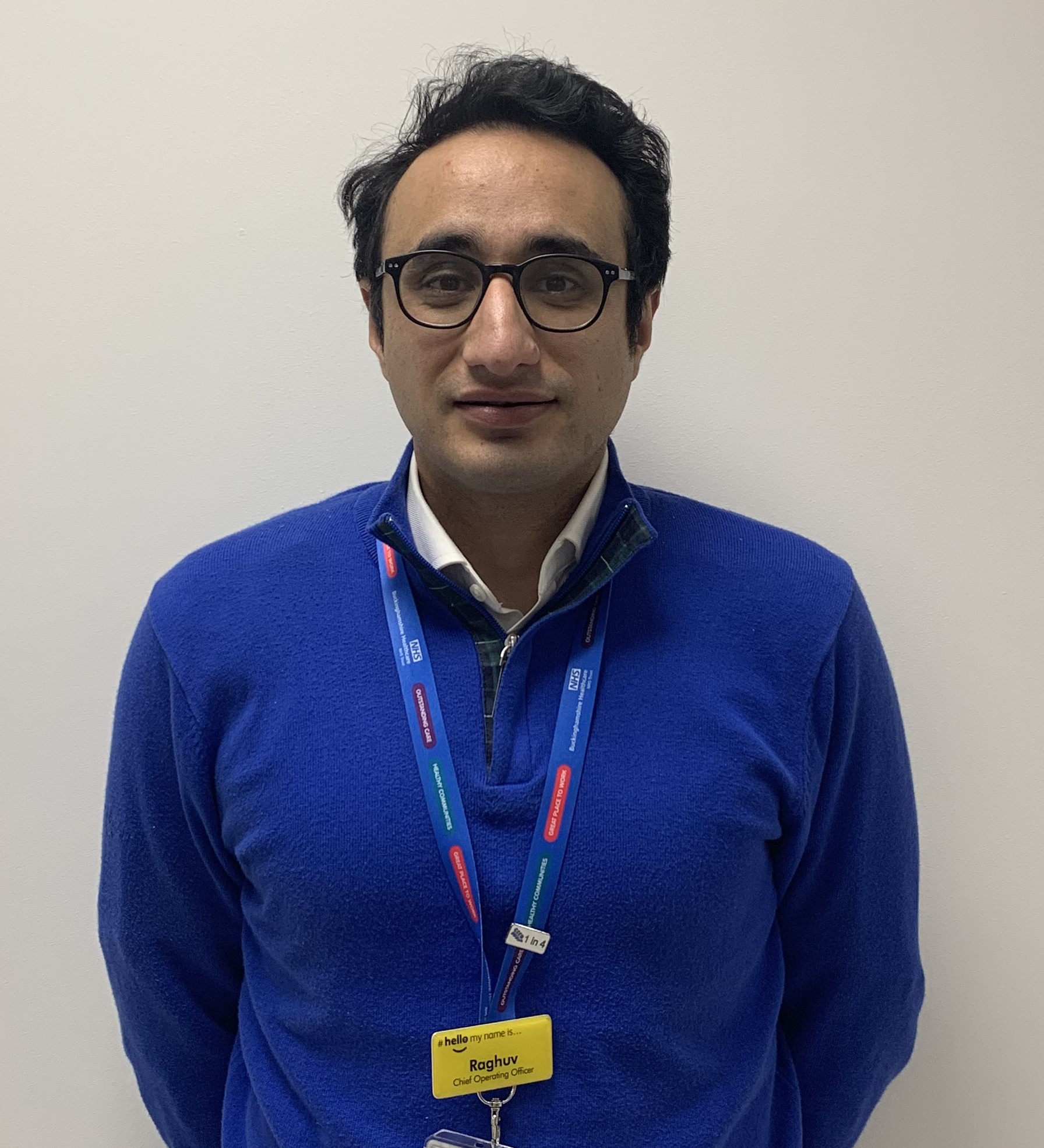There were commonalties from all of the engineering examples explored that can be translated to the NHS, from which I created a simplified six-step model for pathway improvement in the NHS.
Policy Challenge
How can a whole-system design improve the efficiency of emergency patient flow pathways as opposed to individualised components that are subsequently linked?
Learning Journey
My policy challenge was to see if we could take learning from engineering process change to guide pathway improvement in the NHS. Engineering processes and patient pathways are complex systems that involve multiple different components and a highly skilled group of colleagues delivering the service in safety and time critical areas.
The fellowship provided the opportunity to engage with multiple engineering experts, from a wide range of industries, to understand their experience of delivering change in their industries and explore the parallels with NHS pathway improvement. This was a unique and privileged opportunity that helped me to shape and crystallise my thinking in this area.

Raghuv Bhasin is the Chief Operating Officer of Buckinghamshire Healthcare NHS Trust, having moved to the NHS for a more operational role after a decade of working in Whitehall in the Department of Health and Social Care.
Impact
There were commonalties from all of the engineering examples explored that can be translated to the NHS from which I created a simplified six-step model for pathway improvement in the NHS. Importantly underpinning the model are some core capabilities (tools) that were vital to the success of engineering change – such as modelling and user centred design - and need to be developed in NHS organisations to support pathway improvements. I will be using this model to guide future pathway improvement programmes – particularly related to emergency care in the first instance - and capability development in my Trust as well as engaging with colleagues across the NHS to seek to support their wider development.
